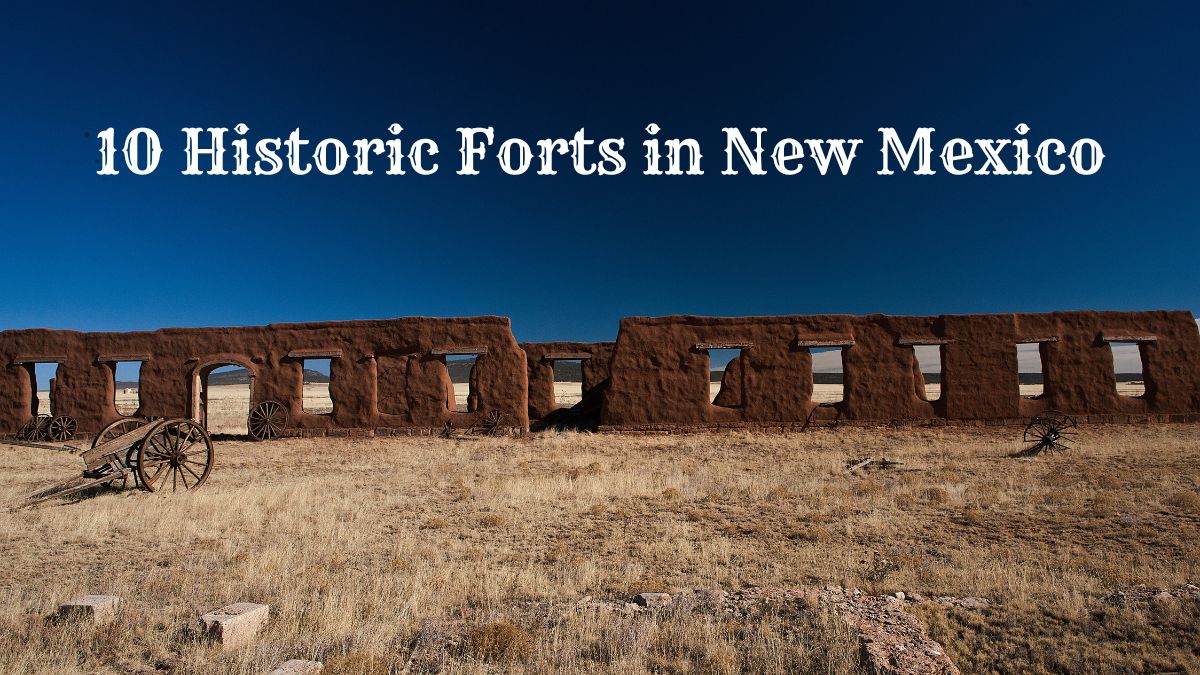New Mexico, often dubbed the ‘Land of Enchantment,’ is not just a moniker reflecting its stunning landscapes and vibrant cultures; it also alludes to its rich tapestry of history that spans centuries. At the heart of this historical narrative lie the historic forts in New Mexico.
Scattered across the state, these bastions whisper tales of ancient battles, pioneering spirit, and the ebb and flow of civilizations that once called this region home.
As you journey through this article, we will traverse time, stepping into the shadows of these monumental structures and immerse ourselves in the stories they’ve safeguarded for generations. So, saddle up, history enthusiast, and let’s embark on a voyage to the historic forts of New Mexico.
10 Historic Forts in New Mexico
| 1. Fort Craig (1854) | 6. Fort Lowell (1866-1869) |
| 2. Fort Union | 7. Fort Bayard (1866-1965) |
| 3. Fort Sumner (1862-1869) | 8. Fort Marcy (1846-1887) |
| 4. Fort Selden (1865-1891) | 9. Fort Stanton (1855-1896) |
| 5. Fort Wingate (1862-1988) | 10. Fort Webster (1852-1853) |
1. Fort Craig (1854)
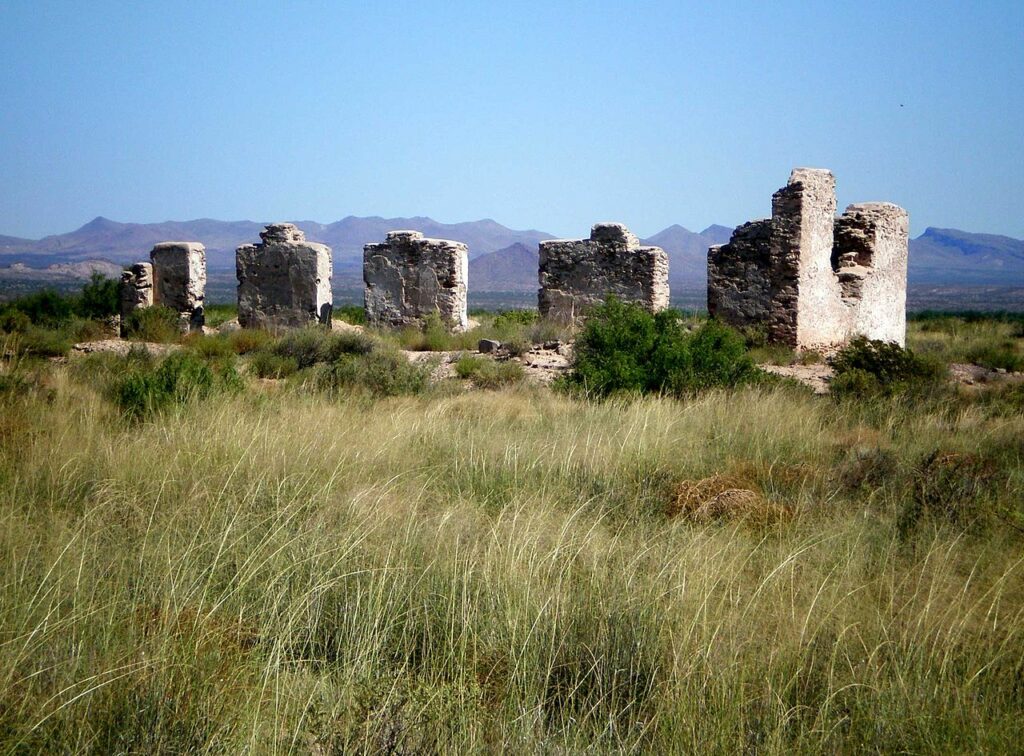
Fort Craig was established in 1854 near the banks of the Rio Grande in New Mexico Territory. Its primary purpose was to control Indian raids, specifically from the Apache and Navajo tribes, on the Old Spanish Trail and later on settlements along the Camino Real.
The fort’s strategic location also played a significant role in defending the U.S.-Mexico border.
Civil War and the Battle of Valverde
One of Fort Craig’s most notable historical moments occurred during the American Civil War. In 1862, Confederate forces from Texas aimed to capture the Southwest, including the Colorado’s gold fields and the California ports.
Fort Craig stood directly in their path. While Union forces stationed at the fort did not engage in a direct assault with the Confederate troops, the nearby Battle of Valverde on February 20-21, 1862, involved both sides clashing near the fort.
Ultimately, Confederate forces won the battle but could not capture the fort, forcing them to move northward, where they were eventually stopped at the Battle of Glorieta Pass.
Life at the Fort and Final Years
Life at Fort Craig was challenging. Soldiers faced the regular threats of raids, a harsh desert environment, and isolation. Nevertheless, they remained stationed at this remote outpost, ensuring protection and facilitating westward expansion.
In the post-Civil War era, the fort continued to operate until 1885, after which the military abandoned it due to the diminished threat of Indian raids and the fort’s deteriorating condition.
Preservation and Legacy
Today, Fort Craig is a part of the Fort Craig National Historic Site, managed by the Bureau of Land Management. Though many of its original structures are in ruins, the site provides an evocative glimpse into the past, highlighting the fort’s significance in the Civil War’s western campaign and broader Southwest history.
2. Fort Union
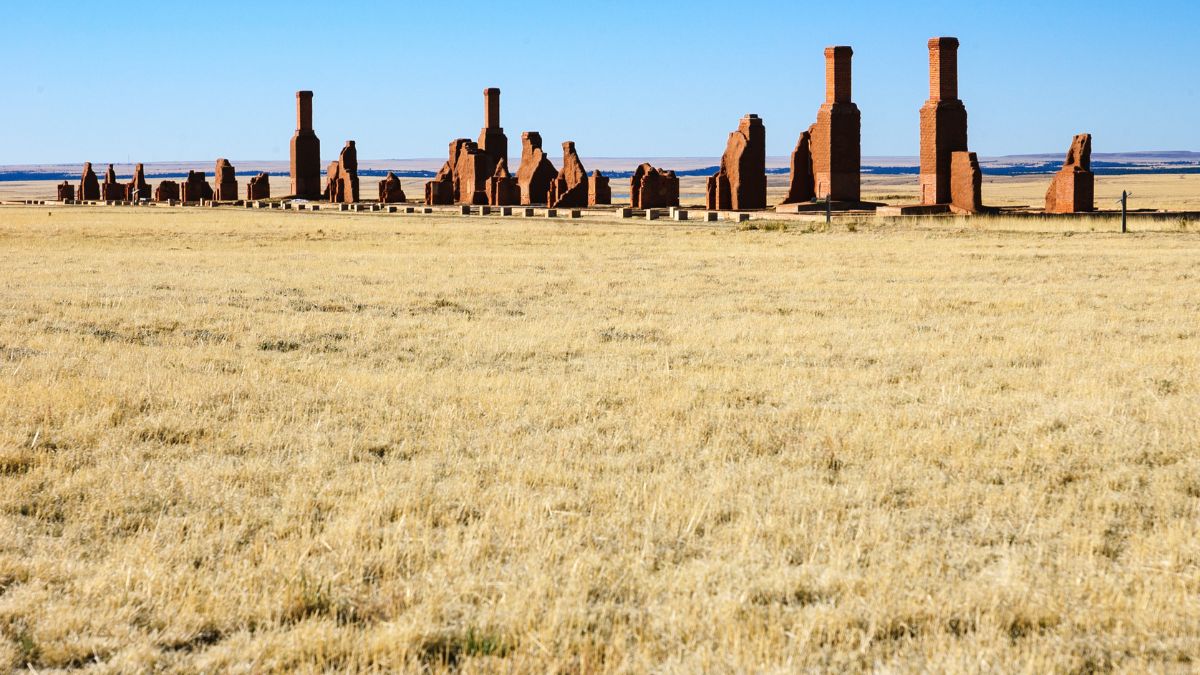
Fort Union was established in 1851 in the Mora Valley of New Mexico at the intersection of two key branches of the Santa Fe Trail.
Serving as a critical military outpost and supply depot, the fort played a pivotal role in ensuring the safe passage of settlers, merchants, and other travelers in the Southwest during a time of sporadic raids by Native American tribes.
The Three Forts
Over its active lifespan, three separate fortifications were constructed on the site. The first (1851-1861) focused on protecting the Santa Fe Trail.
The second (1862-1863) was swiftly constructed during the Civil War to repel Confederate advances. The third and most impressive iteration (1863-1891) served as the primary supply depot for the Southwest’s military posts and was the largest 19th-century military fort in the region.
Civil War and Southwest Defense
Fort Union was essential during the Civil War in the American Southwest.
While the Battle of Glorieta Pass, often called the “Gettysburg of the West,” was fought nearby, Fort Union served as a vital support and supply point for Union forces. After the Union victory at Glorieta Pass, Fort Union acted as a defense against potential Confederate incursions from Texas.
Decline and Preservation
After the Civil War, Fort Union reverted to its role as a protector of the Santa Fe Trail and as a major supply center. However, with the railroad’s coming in the 1880s, the Santa Fe Trail’s significance waned, leading to a gradual decline in the fort’s importance. The fort was officially deactivated in 1891.
Today, Fort Union National Monument preserves the remnants of this once bustling fort, offering visitors a glimpse into its storied past.
Throughout its operational years, Fort Union stood as a beacon of security and a symbol of federal presence in the untamed territories of the American Southwest, facilitating both military campaigns and westward expansion.
3. Fort Sumner (1862-1869)
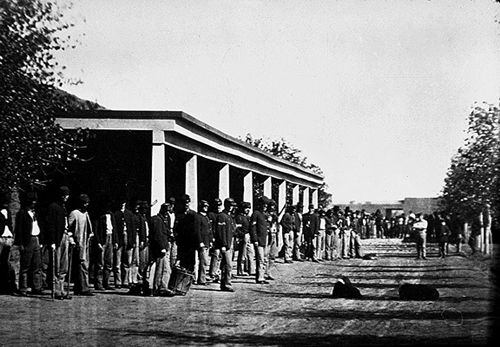
Fort Sumner was established in 1862 southeastern New Mexico by the U.S. military. Fort Sumner had a unique and somewhat controversial role, unlike many other forts focused on providing defense or facilitating westward expansion.
Its primary purpose was to house the Bosque Redondo Indian Reservation, a site intended to assimilate Navajo and Mescalero Apache tribes into European-American culture.
Forced Marches and Hardships
The tragic chapter in U.S. history, the “Long Walk,” saw over 9,000 Navajo people forcibly relocated from their traditional homelands in northeastern Arizona and northwest New Mexico to the Bosque Redondo Reservation at Fort Sumner.
Between 1863 and 1866, the U.S. Army embarked on a campaign to subdue and relocate the Navajo, leading to thousands making the grueling 300-mile journey, during which many suffered or perished. The Mescalero Apache faced a similar fate, moving to the reservation in 1865.
Life at the Bosque Redondo was harsh. The land was unsuitable for the traditional farming practices of the Navajo and Apache, leading to significant food shortages. Disease was rampant, and the two tribes, historically enemies, were forced to coexist in close quarters.
Treaty of Bosque Redondo
Recognizing the failures of the reservation experiment, the U.S. government began negotiations to address the grievances of the Navajo. On June 1, 1868, the Treaty of Bosque Redondo was signed, allowing the Navajo to return to a portion of their traditional homelands. This marked the end of the Bosque Redondo era at Fort Sumner.
Legacy and Modern Significance
Fort Sumner continued as a military post until its abandonment in 1869. The site later became the final resting place of the infamous outlaw, Billy the Kid.
Today, the Bosque Redondo Memorial is a testament to the suffering endured by the Navajo and Mescalero Apache peoples. It serves as a place of reflection, education, and reconciliation, reminding visitors of a challenging period in New Mexico’s history.
4. Fort Selden (1865-1891)
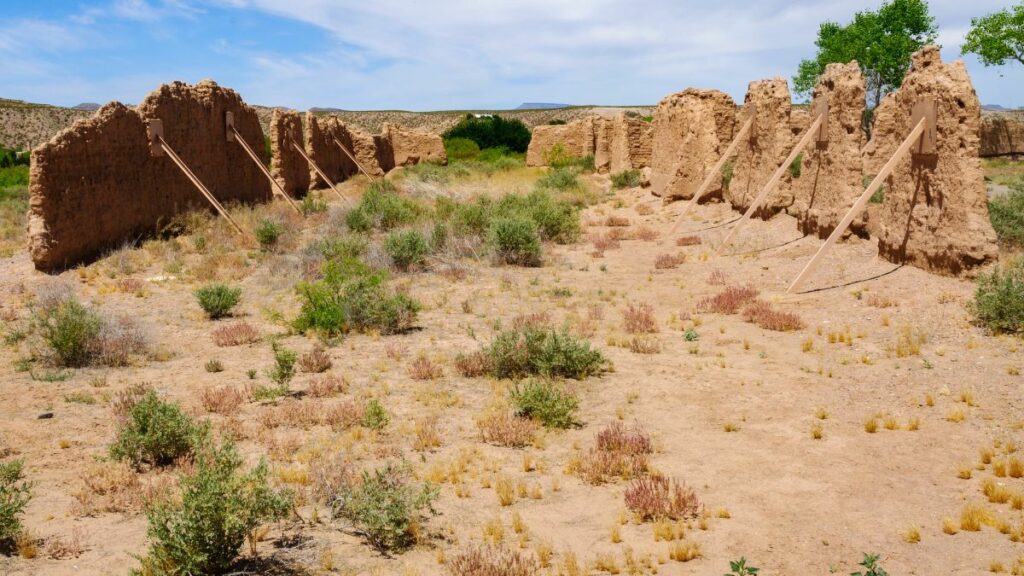
Founded in 1865, Fort Selden was situated near Las Cruces in the Mesilla Valley of New Mexico. Its primary role was to protect settlers and travelers in the region, particularly from Apache raids.
Given its location near the southern trail to California and the westward paths of the Butterfield Overland Mail Route, the fort was critical for ensuring the safe passage of goods, mail, and people.
Key Occupants and Operations
Fort Selden’s notable occupants were the famous African-American Buffalo Soldiers. These troops played a significant role in the Indian Wars, and their presence at the fort underscores their contributions to securing the southwestern territories for the U.S.
Another prominent figure associated with the fort was Douglas MacArthur. The renowned World War II general lived at Fort Selden as a child when his father, Captain Arthur MacArthur, was stationed there in the 1880s.
During its operational years, troops from Fort Selden engaged in various campaigns against the Apache, ensuring relative stability in the region.
Decline and Abandonment
By the late 1880s, with the Apache threat diminished due to ongoing military campaigns and reservations’ establishment, the need for forts like Selden decreased.
The railroads’ growth also reduced the significance of traditional trail routes, further lessening the fort’s strategic importance. Recognizing this shift, the U.S. military decommissioned Fort Selden in 1891.
Legacy and Preservation
Today, the ruins of Fort Selden are preserved as the Fort Selden Historic Site. The site offers visitors an evocative glimpse into frontier military life in the Southwest. Through various exhibits and the remnants of adobe brick walls, the fort’s history and the stories of its soldiers, including the Buffalo Soldiers, come to life.
5. Fort Wingate (1862-1988)
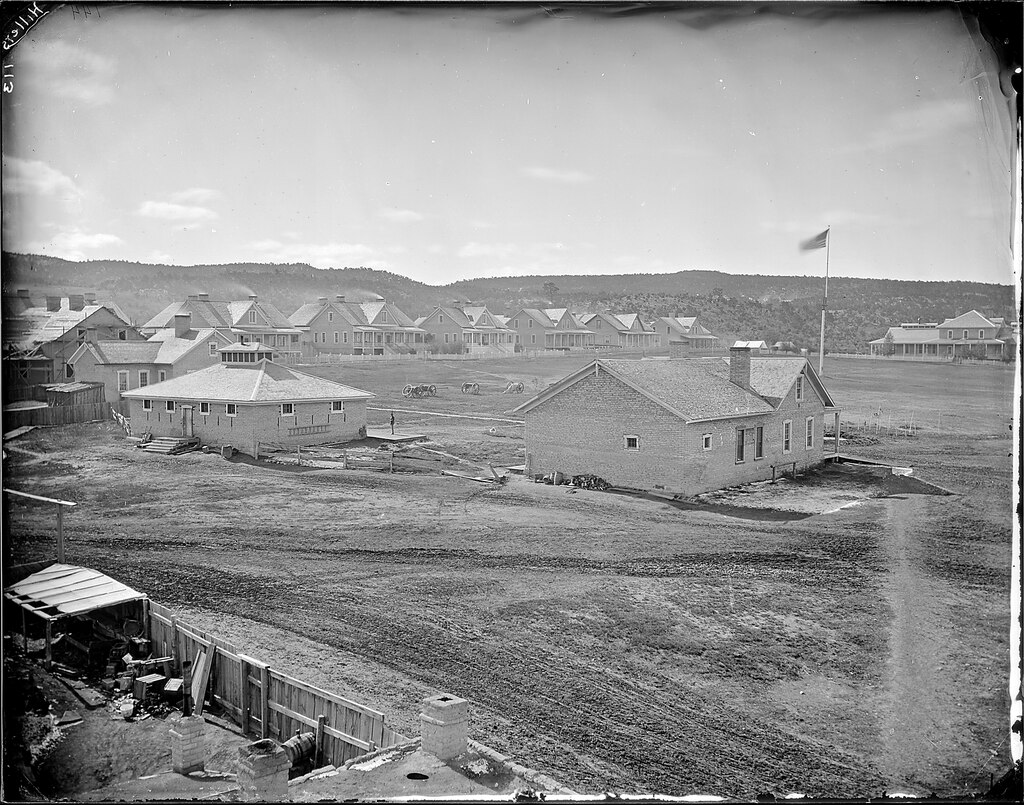
Fort Wingate, located initially near modern-day San Rafael in western New Mexico, was established in 1862. The fort’s inception was closely tied to the U.S. military’s campaigns against the Navajo, with its primary objective being to control and subdue the tribe.
The “Long Walk” and Relocation
One of the most poignant chapters of Fort Wingate’s history is its role in the “Long Walk” of the Navajo. In 1864, under the orders of Kit Carson, the Navajo were forced to embark on a 300-mile march from their homeland in Arizona to the Bosque Redondo Reservation near Fort Sumner, New Mexico.
Thousands of Navajo were forcibly relocated, with many perishing due to the grueling conditions of the journey and their subsequent internment.
In the late 1860s, following the signing of the Treaty of Bosque Redondo, which allowed the Navajo to return to their homeland, Fort Wingate was relocated to its current location near Gallup, New Mexico.
This new location was strategically placed near the Navajo reservation to oversee and control the tribe.
Military Operations and Decline
Throughout its operational years, Fort Wingate played a pivotal role in various military campaigns against the Navajo and other Native American tribes. Additionally, the fort acted as a supply base and a key communication point between other military posts in the Southwest.
However, as tensions reduced and the need for military control waned in the late 19th and early 20th centuries, the significance of Fort Wingate diminished. The fort was eventually decommissioned in the early 20th century.
Legacy and Present Day
Today, Fort Wingate is a reminder of a turbulent period in U.S.-Navajo relations. While the fort’s original structures have mostly vanished, several buildings from the later phases of the fort’s history remain.
The site serves as a historical monument and a point of reflection on the complex interplay between westward expansion and Native American rights and territories.
6. Fort Lowell (1866-1869)

Fort Lowell, nestled along the Chama River in New Mexico, carries a story interwoven with the state’s multifaceted history.
Its picturesque setting along the riverbank offers more than just scenic beauty; it’s a testament to the strategic importance of waterways during the 19th century.
Established as Camp Plummer, this military installation would undergo several transformations throughout its existence, both in name and purpose.
The Need for a Military Presence
The latter half of the 19th century was a time of significant change in the American Southwest. Conflicts and tensions were inevitable with the expansion of settlers into indigenous territories.
Establishments like Camp Plummer, later renamed Fort Lowell, were crucial in maintaining relative peace, protecting settlers, and ensuring safe passage along major routes. The proximity to the Chama River made it strategically essential for supply routes and provided a natural barrier against potential threats.
Life at Fort Lowell
While specific details about daily life at Fort Lowell may be sparse, it’s reasonable to infer that, like other forts of its time, it was a bustling hub of activity. Soldiers would train, patrol the region, and engage in various tasks essential for the fort’s maintenance.
Given its initial designation as a camp, it might have started as a temporary post, only to be fortified and expanded as its strategic importance became more evident.
Legacy and Modern Day
Over time, as threats in the region diminished, and the need for military installations waned, many forts, including Fort Lowell, were decommissioned. However, their significance in shaping New Mexico’s history remains undiminished.
Today, while physical remnants of Fort Lowell might be limited, its legacy remains in historical records, local tales, and the region’s collective memory.
7. Fort Bayard (1866-1965)

Established in 1866, Fort Bayard was located in southwestern New Mexico, near Silver City. Its primary mission was to protect miners and other settlers from Apache raids.
The fort’s establishment was timely, considering the numerous confrontations between settlers and the Apache during this period of westward expansion.
Buffalo Soldiers and Military Significance
Fort Bayard holds a special place in military history due to the notable presence of the Buffalo Soldiers. These African American troops, specifically from the 125th Infantry, were stationed at Fort Bayard and played a crucial role in its early days.
They undertook numerous campaigns against the Apache and played a significant part in fortifying and securing the Southwest. Their contributions, often under challenging and discriminatory conditions, underscored the importance and resilience of the Buffalo Soldiers in the post-Civil War army.
Transition to a Medical Facility
By the late 19th century, with the reduction in hostilities between the U.S. military and Native American tribes, Fort Bayard’s strategic importance began to wane. Recognizing the health benefits of the area’s climate, the fort transformed.
In 1899, Fort Bayard became an Army tuberculosis hospital and later a Veterans’ Administration hospital catering to those suffering from the disease. This transition marked a significant shift from its initial military purpose, turning the fort into a medical treatment and recovery haven.
Decommission and Legacy
The hospital continued operations into the mid-20th century. However, by 1965, the facility was transferred to the State of New Mexico. Fort Bayard then saw use as a state hospital and eventually a long-term care facility. It was officially decommissioned as a military post in 1900.
Today, the Fort Bayard Historic District stands as a testament to the fort’s diverse history. The site is listed on the National Register of Historic Places, with several preserved structures offering a glimpse into its past.
The Fort Bayard National Cemetery is a resting place for numerous veterans, linking to the site’s military and medical heritage.
Fort Bayard’s history reflects the broader narrative of the American Southwest, from its inception as a frontier military post to its later years as a medical sanctuary. Its legacy, encompassing defense, medical care, and the contributions of the Buffalo Soldiers, ensures its place in the annals of U.S. history.
8. Fort Marcy (1846-1887)
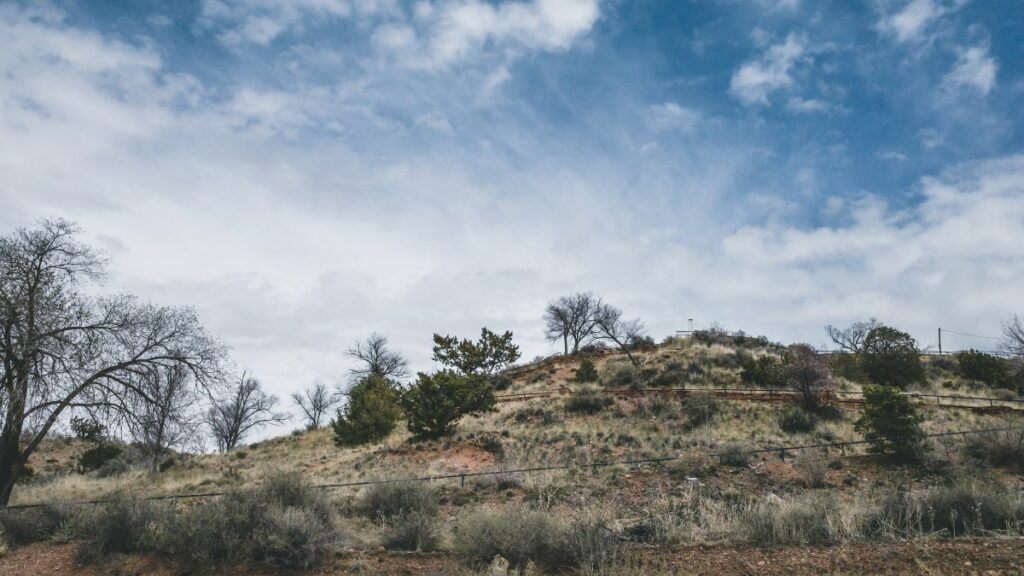
Situated atop a hill in what is now Santa Fe, New Mexico, Fort Marcy was established in 1846. Its prime location was chosen specifically for its commanding views of the Santa Fe Trail, a major commercial route connecting Missouri to New Mexico.
The fort was initially set up by the U.S. Army during the Mexican-American War under the leadership of General Stephen W. Kearny, as he claimed New Mexico for the United States.
Role in Civil War and Territorial Defense
Fort Marcy’s significance wasn’t limited to its early days. The fort played a notable role during the American Civil War. While many battles of the Civil War were fought far to the east, the Southwest saw its share of conflict.
Fort Marcy served as a stronghold for Union forces during this tumultuous period, especially given the Confederate ambitions in the Southwest.
It proved pivotal in 1862 when Confederate forces aimed to capture the West. Still, the Union soldiers stationed at Fort Marcy and other regional forts thwarted these efforts, ensuring that New Mexico remained under Union control.
Decline and Repurposing
As the years progressed and the threat of regional conflict diminished, the military significance of Fort Marcy waned. By the late 19th century, its role as a military fortification had all but ended. Over time, many of its original structures suffered neglect, and parts of the fort were repurposed or absorbed into the growing city of Santa Fe.
Legacy and Modern Day
While the physical footprint of Fort Marcy has largely disappeared, its legacy persists. Today, the site is remembered and celebrated as Fort Marcy Park, a recreational area for residents and visitors of Santa Fe.
The park still offers those commanding views that made the location strategically vital in the 19th century.
9. Fort Stanton (1855-1896)
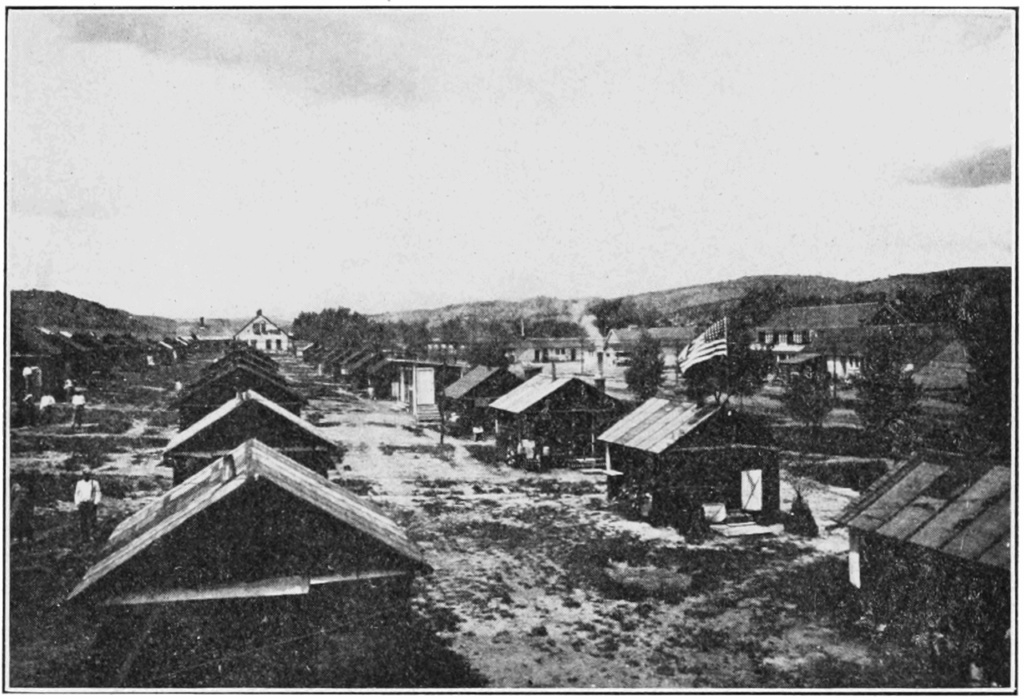
Established in 1855, Fort Stanton was located in the southeastern region of New Mexico. Built to protect settlers from Apache raids, its strategic location near the Rio Bonito made it an essential military post in the Southwest.
The fort’s early years saw frequent skirmishes and confrontations with Apache tribes, and it became a central point for military campaigns aiming to pacify the region.
Civil War and Confederate Occupation
Like other forts in the Southwest, Fort Stanton played a role during the American Civil War. In 1861, Confederate forces from Texas, eyeing the West’s control, captured the fort.
However, their occupation was short-lived. By 1862, Union forces reclaimed Fort Stanton and used it as a base of operations, ensuring that New Mexico remained under Union jurisdiction for the duration of the war.
Tuberculosis Sanatorium and World War II Internment
Post-Civil War, Fort Stanton’s purpose began to evolve. Recognizing the health benefits of the area’s climate, similar to Fort Bayard, Fort Stanton was transformed into a tuberculosis sanatorium for members of the Merchant Marine in the early 20th century. This transition from a military post to a place of healing marked a significant shift in its history.
Furthermore, Fort Stanton served a darker purpose during World War II as an internment camp. German seamen, taken from the luxury liner SS Columbus, were detained here.
Decommissioning and Preservation
After an extensive and varied history, the fort was eventually decommissioned. However, the importance of preserving Fort Stanton was recognized, leading to its establishment as a historic site. Today, the Fort Stanton Historic Site comprises many original and reconstructed buildings, offering visitors a tangible link to its multifaceted past.
Modern Day and Legacy
Now a popular tourist destination, Fort Stanton invites visitors to walk its grounds, explore its buildings, and reflect on its rich history, from frontier defense to its role in medical care and wartime internment.
Annual events and reenactments bring its history to life, ensuring Fort Stanton’s proud and melancholy stories are not forgotten.
10. Fort Webster (1852-1853)
Constructed in 1852, Fort Webster was located near present-day San Lorenzo, New Mexico.
Originally named Cantonment Dawson and later renamed in honor of Secretary of War Daniel Webster, this military outpost had a clear-cut objective: to protect miners, settlers, and travelers from potential threats, primarily from Apache tribes native to the region.
Tensions and Skirmishes
Fort Webster became a focal point of tensions between the U.S. military and Apache groups during its operational years. Soldiers stationed at the fort were tasked with ensuring the safety of settlers and maintaining relative peace in the region.
However, they often engaged in skirmishes and confrontations with Apache warriors who resisted encroachments on their territory. These conflicts underscored the complexities of westward expansion and the friction between indigenous tribes and settlers.
Relocation and Decommission
Fort Webster’s strategic importance was acknowledged, but the location was considered less than ideal, especially regarding access to resources and vulnerability.
Consequently, in 1853, the garrison was relocated, and Fort Webster was decommissioned. The troops were moved to Fort Thorn, a more strategically favorable location near present-day Hatch, New Mexico.
Legacy and Echoes of the Past
Though its operational years were brief, Fort Webster’s significance in the Southwest’s historical landscape should not be underestimated. It represents the early efforts of the U.S. military to establish a foothold in a region marked by cultural, social, and political complexities.
Today, while the physical remnants of Fort Webster are scarce, its story lives on. Historical markers and local accounts keep the memory of the fort alive, providing insights into the challenges faced by the military during this period of westward expansion and territorial consolidation.
Related: 10 Historic Forts in North Carolina
Conclusion – Historic Forts in New Mexico
New Mexico’s forts are silent sentinels to the state’s vibrant and complex past. From the early days of westward expansion, through civil unrest, and into periods of healing and internment, these fortifications offer a lens through which we can view the multifaceted evolution of the American Southwest.
Each fort, with its unique stories of courage, conflict, resilience, and transformation, contributes to the rich tapestry of New Mexico’s history.
If you have visited any of these forts, we would love to hear about your experience in the comments section below.

Cory is a website owner and content creator who enjoys fishing, history, coin collecting, and sports, among other hobbies. He is a husband and father of four.
Romans 15:4 For whatever was written in former days was written for our instruction, that through endurance and through the encouragement of the Scriptures we might have hope.

